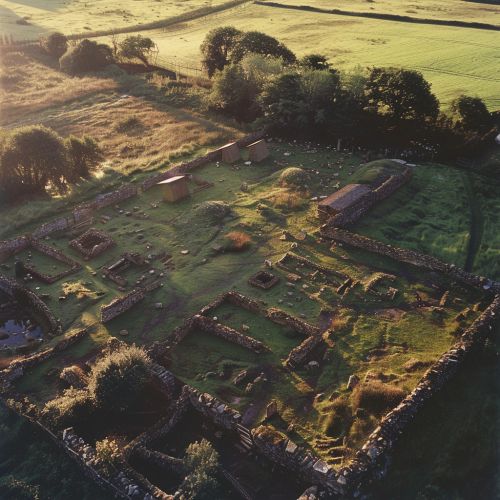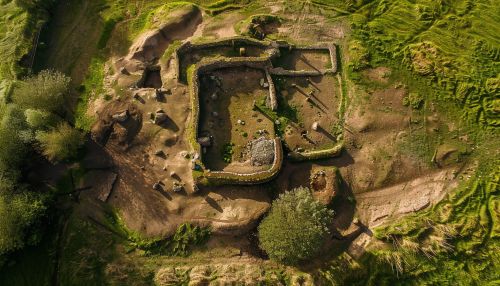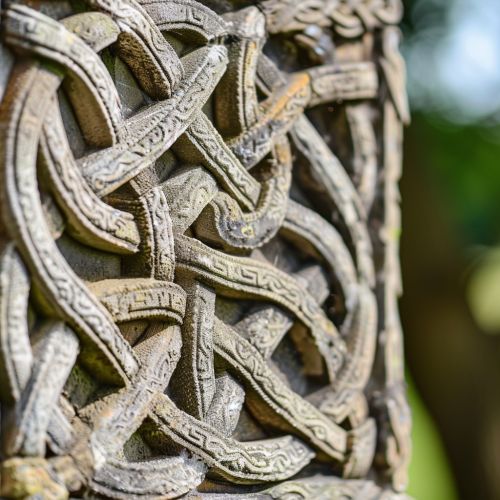Celts
Origins and Early History
The Celts were a collection of tribes with origins in central Europe that shared a similar language, religious beliefs, traditions and culture. It's believed that the Celtic culture started to evolve as early as 1200 B.C. The Celts spread throughout western Europe—including Britain, Ireland, France and Spain—through migration. Their legacy remains most prominent in Ireland and Great Britain, where traces of their language and culture are still prominent today.


The term "Celt" comes from the Greek word Keltoi, which means "barbarians" and is properly pronounced as "Kelt". The Romans referred to the Celts as Galli, meaning "foreigners". Despite their common name, the Celts were a diverse group of tribal societies, which survived by conducting raids and engaging in warfare with each other. Their tribes included the Gauls, Celtiberians, Gallaeci, Britons, Gaels, and many others.
Celtic Culture
The Celts were known for their skills in warfare, and were regarded as fierce and courageous warriors. They were also known for their advanced iron working techniques. They made weapons and tools with iron, which was much stronger and more durable than bronze. The Celts were also skilled craftsmen who created beautiful pottery, jewelry, and metalwork.
The Celts were also known for their complex social system, which included a class of nobles and warriors, druids who were priests and scholars, and common people. The Celtic society was patriarchal and the family was the basic unit of Celtic life. The Celts practiced polytheism, with a pantheon of gods and goddesses.
Celtic Art
Celtic art is known for its intricate designs, which include spirals, knots, key patterns, and human figures. The most common motifs are taken from nature: animals, leaves, and trees. The Celts also created a style of art called "La Tène", which incorporated swirling, geometric designs. This style is named after the site of La Tène in Switzerland, where a cache of Celtic artifacts was discovered.


Celtic Languages
The Celtic languages are a group of languages in the Indo-European family. They are divided into two groups: the Goidelic languages (Irish, Scottish Gaelic, and Manx) and the Brythonic languages (Welsh, Cornish, and Breton). These languages are still spoken today in some areas of Ireland, Scotland, Wales, and Brittany.
Decline and Legacy
The Celts were gradually conquered by the Romans and other groups from the 1st century BC to the early Middle Ages. Despite this, the Celtic culture and languages survived in some areas. In the 19th and 20th centuries, there was a resurgence of interest in Celtic culture, which led to a revival of the Celtic languages and the creation of Celtic art and music that is popular today.
